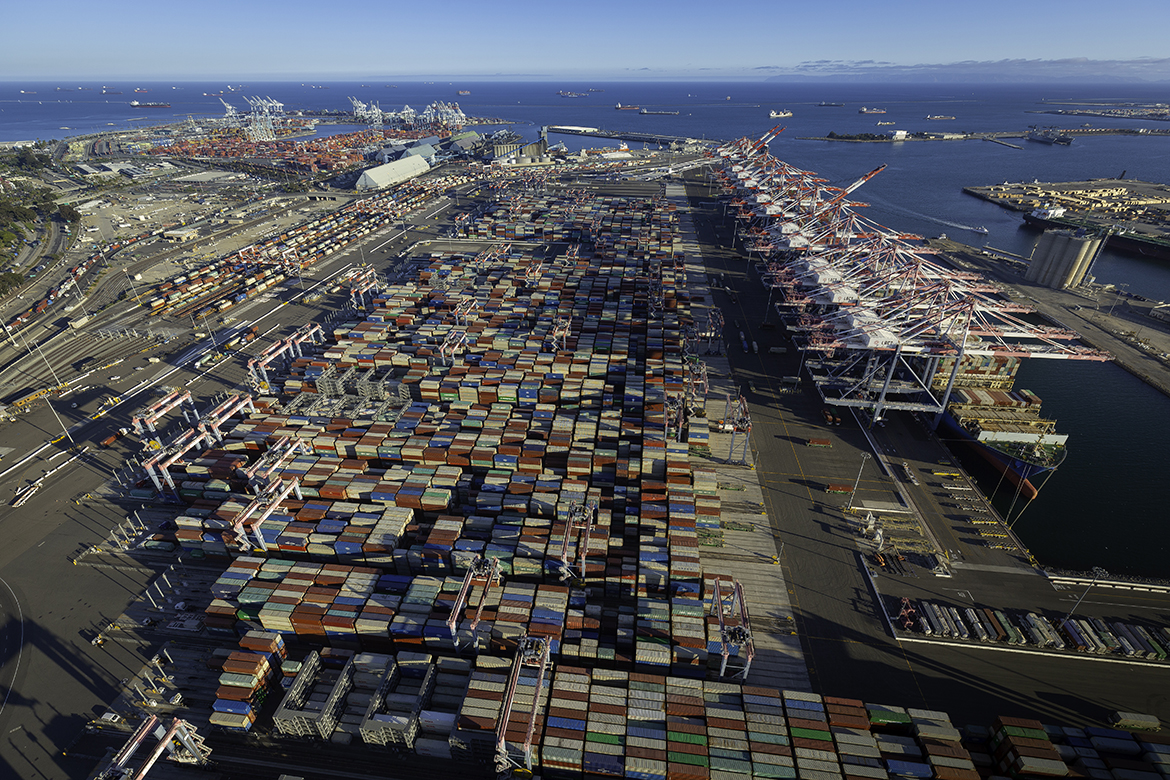While most American ports have decarbonization plans in place, a new report shows there are significant challenges to advancing emission-reduction projects, including financial constraints, low technology readiness and physical space limitations.Those are some of the key takeaways from a new joint publication between ABS and the American Association of Port Authorities (AAPA), Port Decarbonization Survey: Trends and Lessons Learned.
The report is based on feedback from AAPA members and represents the culmination of a joint development project (JDP), a unique collaboration between AAPA and ABS providing perspectives from both port authorities and vessel operations experts.
“Compared to traditional equipment, decarbonized alternatives require significant investments to pilot, demonstrate proof of concept and certify operational viability,” the survey noted.
Federal grant funding has helped to bridge some of the cost gaps. More than 70 percent of respondents also indicated they tapped state and local funding programs to help support green improvements.
“ABS is actively involved in several infrastructure planning projects around the world, especially regarding shore power connection technologies and the electrification of ports. This report provides an important benchmark for ABS to understand the ability and interest in decarbonization infrastructure at U.S. ports. ABS is uniquely positioned with our deep expertise in regulatory compliance and technological breakthroughs to bring together diverse maritime stakeholders to advance the conversation around sustainability and emissions reduction strategies,” said Panos Koutsourakis, ABS Vice President, Global Sustainability.
“Maritime is by its very nature a cleaner form of transportation, and this survey shows that various ports are already leading emissions mitigation efforts in alternative fuel and electrification options. AAPA intends to leverage this research to push for wise and realistic policies – with collaboration from public and private partners – towards an increasingly sustainable future for the port and maritime industry,” said Cary S. Davis, AAPA President and CEO.
Shore power is a big part of the decarbonization picture, and about 40 percent of all respondents said that they planned to have cold-ironing connections for some or all vessel classes in the future. The supply generally has to come from the grid, and only about 25 percent of respondents said that they plan to make the majority of their own power locally, using renewables like solar.
“The relationship between utility and port is absolutely critical to building out new electrification projects,” indicated AAPA. The association recommends establishing formal relationships between seaports and local utilities, including official policies on net metering to incentivize renewables installation
More than half of all the respondents reported that spare space was a barrier to adoption of electric or alternative-fueled vehicles.
But in conclusion, the AAPA stated: “The port and maritime industries are advancing at a rate not seen perhaps since the advent of containerization. If one thing is clear, America’s port professionals are dedicating immeasurable hours and attention to port decarbonization, and the future of this field contains immense opportunities.”
(Port of Long Beach photo)





